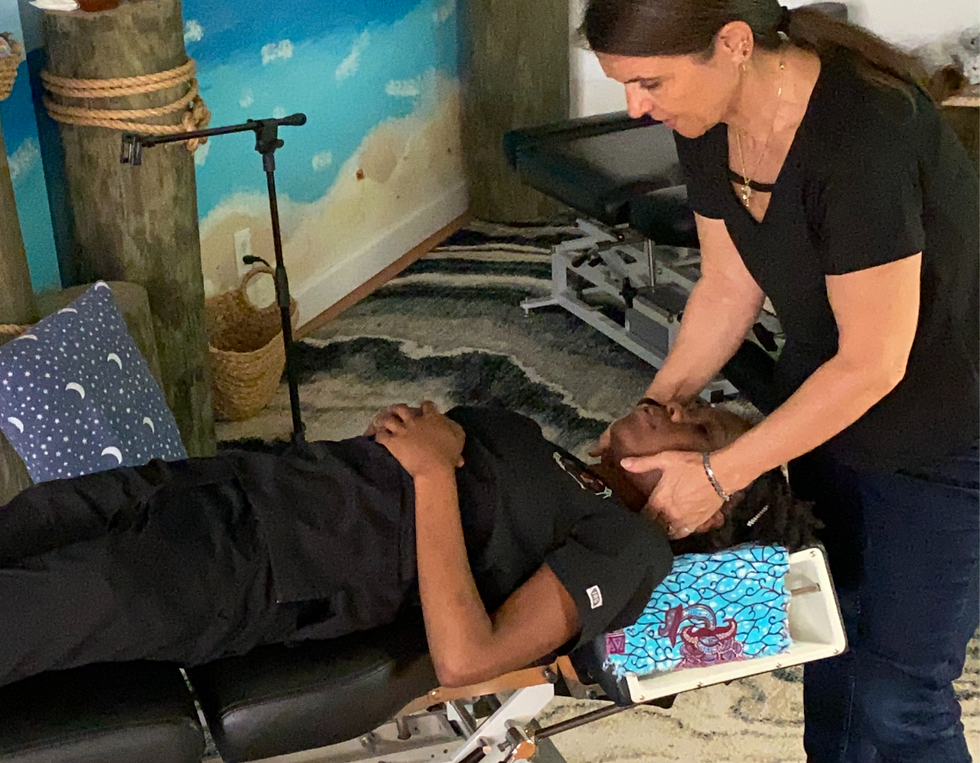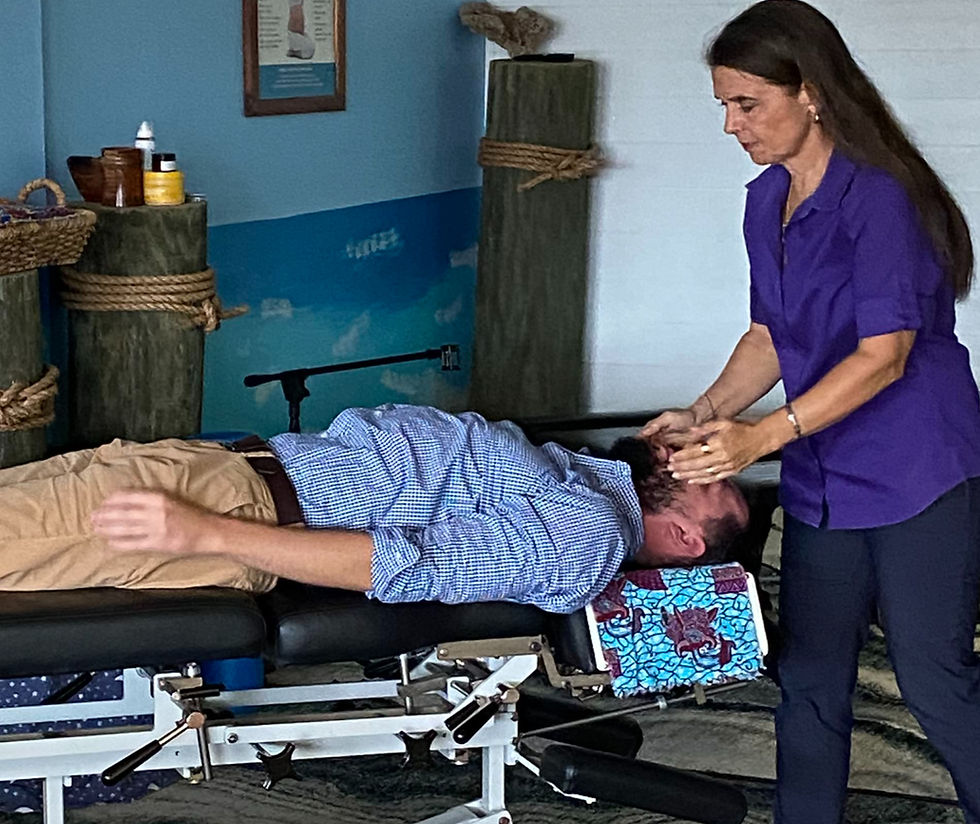44% of Teens Feel Hopeless—Here’s What Parents Need to Know
- Dr. Karolyn Surmont

- 5 days ago
- 3 min read

As a parent, nothing is harder than watching your once vibrant, full-of-life teenager become withdrawn, overwhelmed, and weighed down by anxiety or depression. You’ve probably tried different approaches—counseling, therapy, maybe even medication—but deep down, you know something still isn’t clicking.
Here’s what most parents aren’t being told: your teen’s struggles may not be about a “chemical imbalance” at all. Instead, the real issue could be something far more foundational—an overwhelmed and dysregulated nervous system.
The Mental Health Crisis Our Teens Are Facing
The statistics are heartbreaking. According to the CDC, 44% of high school students report persistent feelings of sadness or hopelessness, and nearly 1 in 3 teenage girls have seriously considered suicide—twice the rate of boys.
And yet, this crisis isn’t because today’s teens are “weaker” or “less resilient.” In fact, we’re seeing positive lifestyle trends—less drinking, fewer teen pregnancies—yet anxiety, depression, and overwhelm continue to skyrocket.
So what’s really going on?
Beyond the “Chemical Imbalance” Theory
Conventional medicine tends to treat anxiety and depression with medications that alter brain chemistry. But research shows that the “chemical imbalance” theory isn’t as proven as many people believe.
What we see in our office every day is this: teens’ nervous systems are stuck in survival mode. Their brains and bodies are running on “fight or flight” 24/7—wired, exhausted, and unable to reset. No wonder so many are struggling with stress, overwhelm, and emotional regulation.
The Nervous System Connection
The Autonomic Nervous System (ANS) controls how the body handles stress. It has two main parts:
Sympathetic (fight or flight): speeds everything up, pumping stress hormones.
Parasympathetic (rest and digest): slows things down, restoring calm and balance.
When the balance between these two is lost, the nervous system gets “stuck” in stress mode. This condition—called dysautonomia—is the hidden root cause behind many teens’ emotional, behavioral, and even physical challenges.
The Critical Role of the Vagus Nerve
The vagus nerve is like the body’s main “brake pedal.” It regulates emotions, digestion, immune function, and stress recovery.
When this nerve is stressed or blocked due to subluxations (misalignments and tension in the nervous system), teens lose the ability to calm down, process emotions, and bounce back from stress. Research shows that lower vagal tone is strongly linked with anxiety, depression, and emotional struggles—exactly what today’s teens are facing.
The “Perfect Storm” Behind Teen Struggles
Neurological stress doesn’t start in the teenage years—it often builds from birth:
Prenatal stress: high stress during pregnancy can affect the developing baby’s nervous system.
Birth trauma: interventions like C-sections, forceps, or vacuum delivery can cause subtle injuries to the neck and brainstem.
Childhood health stressors: repeated illnesses, antibiotic use, gut disruption, environmental toxins, and physical injuries.
Modern lifestyle factors: poor sleep, constant screen time, processed foods, and lack of physical activity all keep the nervous system stuck in overdrive.
For many teens, these layers create the “perfect storm” that leaves their nervous system dysregulated by the time adolescence hits.
Signs Your Teen May Be Stuck in Stress Mode
Parents often notice things like:
Physical struggles: poor sleep, frequent illness, digestive issues, headaches, fatigue.
Emotional challenges: sadness, worry, irritability, mood swings, loss of interest.
Behavioral changes: withdrawal, declining grades, explosive reactions, sensitivity to criticism.
These aren’t “just hormones” or “normal teenage behavior”—they’re signs of a nervous system that needs help.
There Is Hope: A Nervous System Approach
The good news? The teenage brain is incredibly resilient when given the right support. At His Work My Hands Chiropractic in Lake Worth & Greenacres, we use advanced technology called INSiGHT Scans to measure exactly how your teen’s nervous system is functioning.
These scans allow us to see areas of tension, stress, and imbalance that traditional approaches often miss. Then, with gentle, neurologically-focused chiropractic adjustments, we help restore balance, calm the fight-or-flight response, and activate the vagus nerve so healing can begin.
Parents often tell us they notice changes like:
✅ Better sleep patterns
✅ Improved mood + resilience
✅ Easier emotional regulation
✅ Better focus at school
✅ More peace at home
A Message of Hope for Parents
If you’ve felt like you’re running out of options, please know—you are not alone, and there is hope.
Your teen doesn’t need to be defined by anxiety or depression. By addressing the root cause—the nervous system—we can help unlock the resilience, joy, and confidence they were designed for.
👉 If your teen is struggling, reach out to His Work My Hands Chiropractic in Lake Worth and Greenacres today to schedule a consultation. And if you’re not local, we recommend visiting the PX Docs directory to find an office near you.
Your teen’s story isn’t finished. With the right support, healing and hope are possible. Let’s take the first step together.



Comments